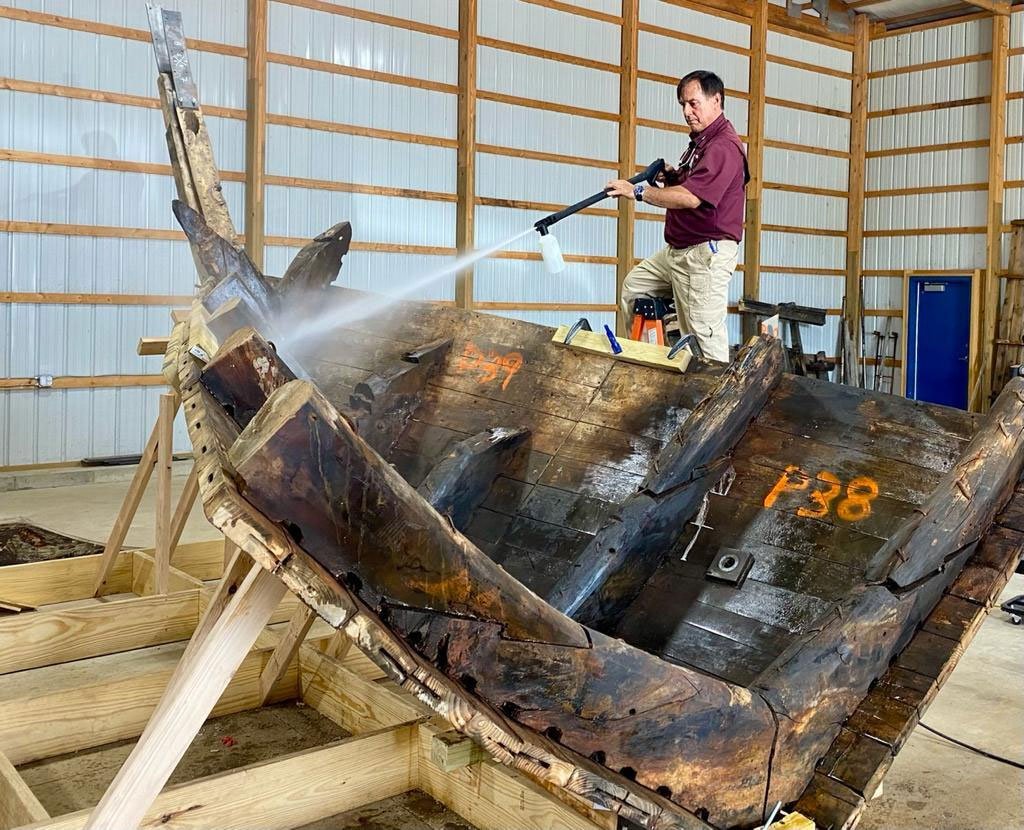The Phoenicia
Some background info on the ship named The Phoenicia.
The Phoenician Ship Expedition was a re-creation of a 6th-century BCE Phoenician voyage conceived by Philip Beale and sailed by an international crew. The Phoenicia ship is twenty meters long and was constructed at Arwad Island just off the Syrian coast, by Syrian shipwright Khalid Hammoud. The Phoenicia is an exact replica of a wrecked Phoenician ship found buried in the mud near Marseille France. The Phoenicians, an ancient civilization in the region we now know as Syria, nearly 3,000 years ago, were legendary sailors. The replica ship departed from Syria in August 2008 and sailed through the Suez Canal, around Africa and to returned to Syria. The objective of the expedition was to prove that ships built by the ancient Phoenicians could withstand the conditions around the African coastline. Later the ship departed from Syria September 28, 2019 and crossed the Atlantic in a five-month voyage of over 6,000 miles, arriving in the Dominican Republic on December 31, 2019 and later in Fort Lauderdale, Florida — demonstrating that the ancient Phoenician were capable of traveling to the new world. The Atlantic voyage was made using nothing but wind, current, sail and compass.
After docking in Fort Lauderdale, the plan was to display the Phoenicia in a Museum, however Covid restrictions, shutdowns, and finances prevented finding a home for the Phoenicia and it stayed in dock exposed to weather and sank during a storm. To retrieve the ship it had to be cut into pieces and in 2022 it was purchased by the Heartland Research Group to be reassembled for display.
|
For the current plans to display the Phoenicia, see this video. 
|
Also, see this video. 
|
Continued… 
|
By John Lefgren, 10/13/2022
Dateline — Montrose, Iowa, August 13, 2022.

|

|

|

|

|

On August 8, 20200, Adam gave a lecture on the 5th Century connections of the Prophet Jeremiah and the Prince of Judah, Mulek, to Phoenician seafarers.We are bringing to the project Adam Stokes who will be a scholar-in-residence. He is an expert on the life and times of Jeremiah from the Old Testament. The Bible tells us that Jeremiah was closely connected to the destruction of the First Temple. We believe that by following the historic figure of Jeremiah from Jerusalem to Egypt and from Egypt to Ireland we will get close to exiles who used Phoenician ships to travel from the Old to the New World. |
